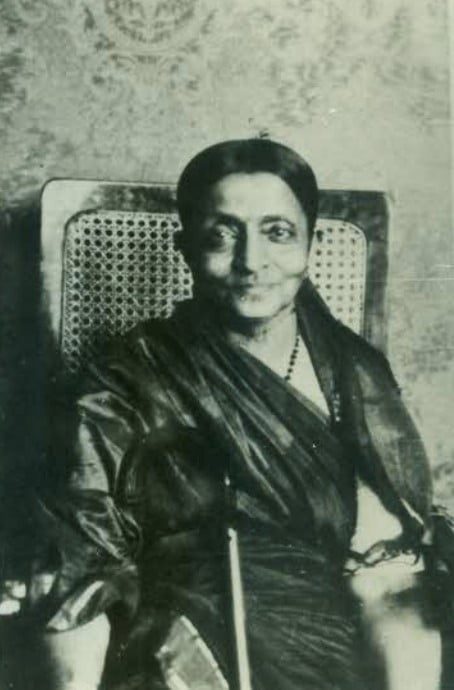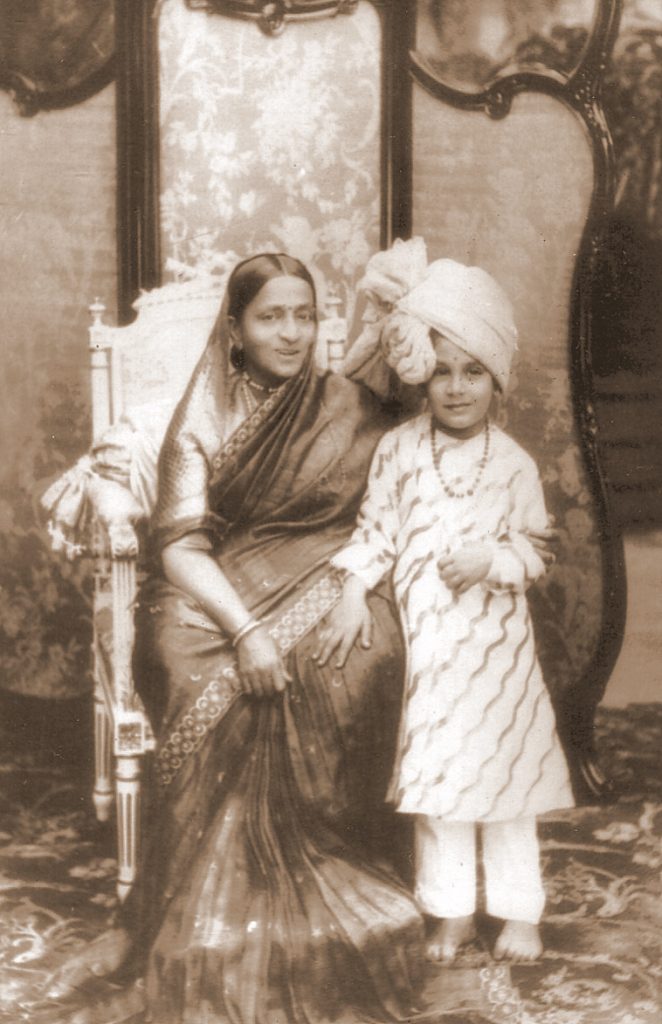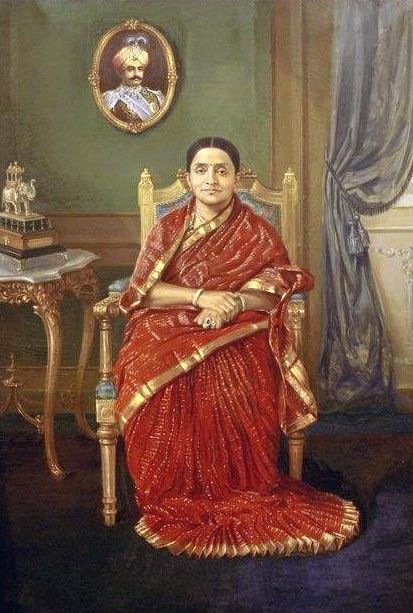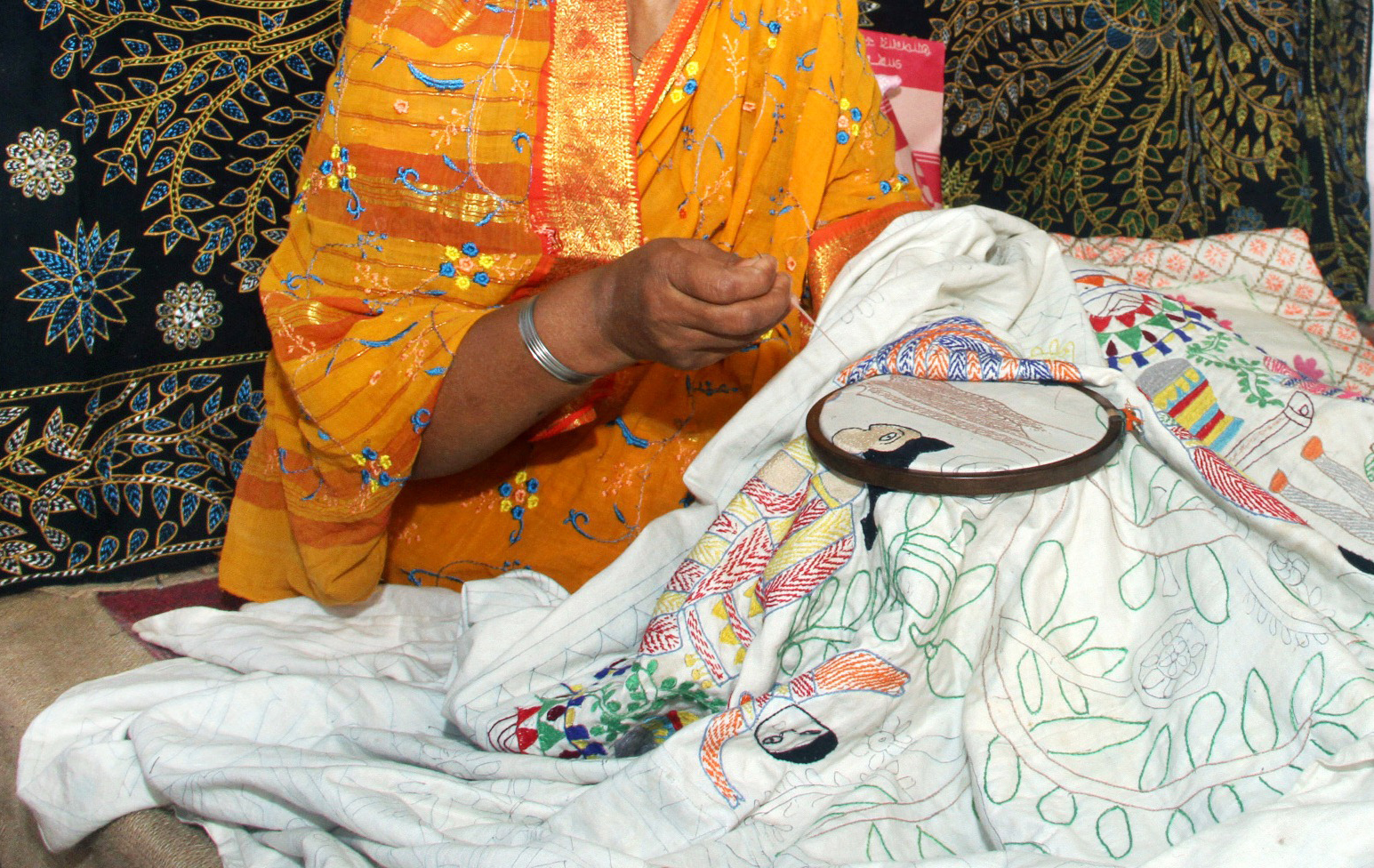Considered as a rare gem of Mysore’s history, Kempananjammani Vani Vilasa Sannidhana was one of the strongest forces of her times that ensured the goodwill and growth of her people. Through her stellar contributions towards building her city and her staunch belief in empowering the people through education, she established herself as one of the eminent queens in the history of India.

Early Life
Born and raised in a royal house of Kalale (now, a district in Mysore), Kempananjammani learnt the nuances of regency from her family. On turning 12, she was married to Chamarajendra Wadiyar X, and was given the title of ‘Maharani Vani Vilasa Sannidhana’. In the following years, she gave birth to two sons, and three daughters.
Being under the British rule, both Chamarajendra and Vani Vilasa didn’t begin their regency until three years after their marriage. In 1881, the British, who had annexed the princely state of Mysore, made Chamarajendra its ruler, but with several restrictions. Despite these limitations, Chamarajendra and Vani Vilasa took the oath of serving their people and established themselves as popular rulers. In 1894, due to terrible climate conditions, Chamarajendra fell terribly sick and died. His sudden death came as a shock to everyone—the British mourned at the loss of an able ruler; the citizens grieved, and the concerns regarding the well-being of the entire princely state began to spread everywhere.

The eldest son of Chamarajendra was still a minor and thus, unable to take the oath as a ruler. In this state of chaos, the responsibilities of ruling fell on Maharani Vani Vilasa Sannidhana. She had a huge task in front of her—to fill the shoes of an excellent ruler. However, through her resilience, she served the state with utmost efficiency, and lead her people into prosperity—creating a legacy of her own.
Regency
Several historical accounts of her rule as a regent describe the term as being of ‘holding the fort’; of waiting until her eldest son reaches the age of becoming a prince. The administrative machinery of the state was in a good shape and the Maharani didn’t have to do much in ensuring that the state apparatus runs efficiently. Although, her involvement with the state, and her contributions go much beyond the bureaucratic tasks of a regent.

As soon as she was made regent, she appointed more council members for assistance to ensure smooth functioning of all legislative and executive tasks. Being a big believer of education as a tool of empowerment, she took significant efforts to ensure that everyone- especially women are given the opportunity and access to quality education. She provided patronage for the establishment and functioning of a lot of educational institutions. Many more girls were motivated to enrol in schools.
Also read: Malika Kishwar: The Queen Who Ventured Beyond The Zenana | #IndianWomenInHistory
During her rule, the spending on education increased four-fold. Maharani College, one of the eminent colleges of Bangalore even today, was started because of the Maharani’s devoted efforts towards providing education to women. Several scholarship programs were also introduced. Due to these consistent efforts, by the year 1902, there were as many as 200 schools for girls in which more than 10,000 girls studied. In the same year, for the first time in the entire history of the South Asian subcontinent, two women candidates appeared for a college-level examination (Bachelor of Arts) and passed. These two women were from Sannidhanna’s funded Maharani College.
Amidst Maharani’s efforts to ensure the flourishment of her state, Vani Vilasa Sannidhana was posed with a great challenge. There was a plague outbreak in the area that had the potential of affecting everyone. The Maharani responded to the crisis with the utmost perseverance. She tripled the spending on healthcare and established multiple hospitals to ensure that the plague was under control. Bangalore’s Victoria Hospital was built during this time to combat the challenges of the plague. Given her concerns regarding women’s health, especially maternal healthcare, she also implemented several post-natal programs for women and children.
Maharani also doubled the spending on agriculture, water security, and other public facilities. Water schemes were initiated to provide accessible drinking water to all; several hydroelectricity plans were implemented in the early 1900s, and land extensions were created and made habitable to house the growing population of the state. In one of the interviews taken of her council members, it was evident that Maharani was indeed one of the most empowered, disciplined, and devoted rulers of her times.
“Her anxiety to promote the highest and best interests of the country was always perceptible. I invariably retired from the interviews I had with a strong sentiment of devotion, as well as admiration and respect, for Her Highness’ high character and intellectual qualities“, a council member, TRA Thumboo Chetty stated in one of the interviews.
Legacy
During the rule of Maharani, the state boomed with prosperity. State income increased by heaps and the empowerment of everyone was ensured through equal access to food, water, shelter, education and healthcare. To mark her achievements, she was given the title of ‘Crown of India’ in 1893. In August 1902, her eldest son turned 18 becoming eligible to be given the crown of the prince. This marked the end of Maharani’s rule.
In the 8 years that she spent as a ruler, Maharani set the benchmark of admirable leadership that was characterised by her consistent involvement in the well-being of her people. Maharani died in 1934, however, her legacy doesn’t end with her achievements during her rule. The steps she took to uplift the people of her state can be seen even today.
Also read: Kalpana Dutta : The Revolutionary Who Rewrote Unwritten Women’s History| #IndianWomenInHistory
In present-day Bangalore, there are several public institutions and hospitals that are prefixed with “Vani Vilas”, Vani Vilasapura dam, Vani Vilasa Road, Vani Vilas circle, Vani Vilasa bridge, are just some examples of Maharani’s legacy that’s enriched in the everyday lives of people. Even today, Maharani Vani Vilasa’s grit, determination, and efficiency towards her goal of prosperity and empowerment of all shine through history as being one of the most eminent examples of astounding management and leadership.




